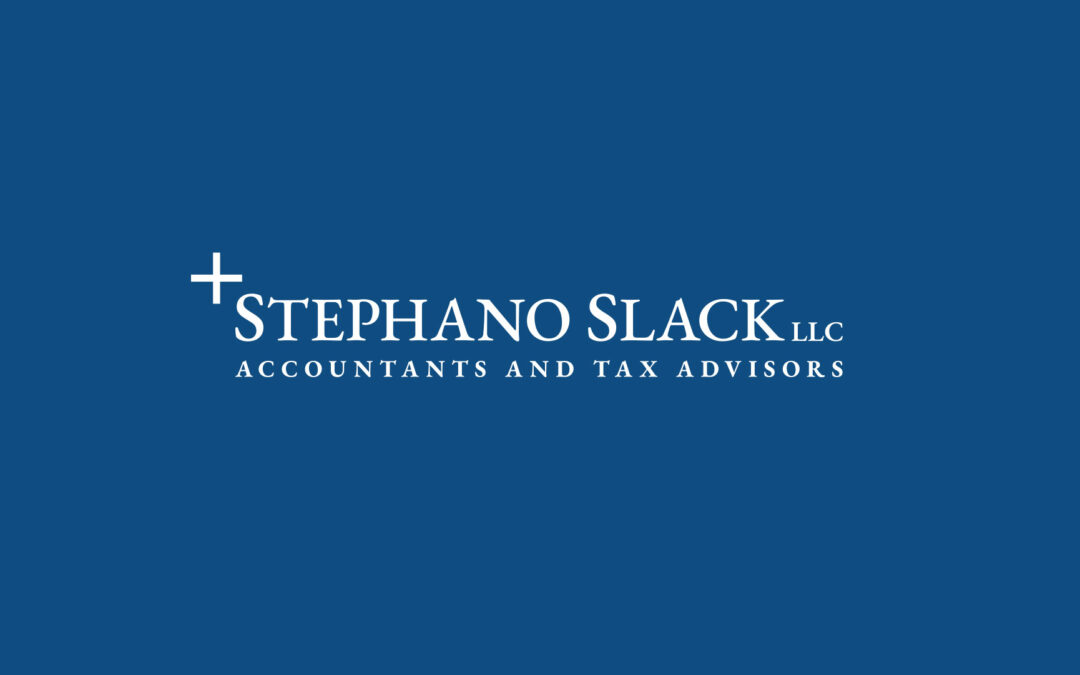Medical Expenses – If you do or can participate in an HSA (Health Savings Account), start to think of this benefit as a very long term asset.
HSAs are by and large misunderstood, as such plans were not too much in vogue until recently. As many employer sponsored major medical insurance plans have taken on the “feature” of high deductibles, HSAs have burst onto the scene, like it or not.
Unlike their somewhat counterpart FSA (Flexible Spending Account), the HSA contributions need not be spent like the “use it or lose it” FSA. The 2017 maximum contribution (pretax of course) for Family coverage is $6.750; and if you are 55 or older, add another $1,000 to that figure. The individual contribution ceiling is $3,400.
Assuming that you are now a participant in this kind of plan, what does one do next? NOTHING but invest it. Feed it and feed it and feed it; if you can, do not spend from it. Pay for those medical costs with your own funds.
Think of the HSA as a medical based IRA! Of course the IRA thinking is that I won’t touch it until I’m at least 70 ½ when the government mandates that I commence withdrawals. Act likewise with the HSA. As you do with your IRA, adopt a long term, growth oriented investment plan.
Distributions, when taken, will be tax free if they are used to pay for, among others, long term care services, long term care insurance, Medicare expenses (but excluding Medigap) and normal retiree medical expenses.
IRA Advisory Fees – The majority of portfolio management costs are deducted, normally on a quarterly basis, by the money manager from the account for which the assets are managed. Such fees of course are not deductible by the account owner since the charges are paid from the deferred income vehicle.
If you are minimizing your IRA withdrawals, because you have saved and invested well otherwise, then think of creating more wealth in this long term asset by paying for those advisory fees with your own funds. It is certainly allowable as an itemized deduction. It may even serve to reduce your income tax bill if your Adjusted Gross Income (AGI) allows such a Miscellaneous Itemized Deduction beyond the standard 2% of AGI “haircut”.
But the takeaway here is to build wealth for you and for your family members that presumably inherit this long held, growth oriented investment asset. If the IRA account is not reduced but for RMDs post your 70th (technically 70 ½) birthday, and if you also choose to contribute those nondeductible IRA amounts annually (so long as you have enough earned income), then the IRA can turn into an wealth building tool.
If you would like to discuss either of these strategies, or anything else planning related, please call us. We are here to assist, consult, plan and advise.
Ken Stewart, CPA
302-468-4767



Recent Comments